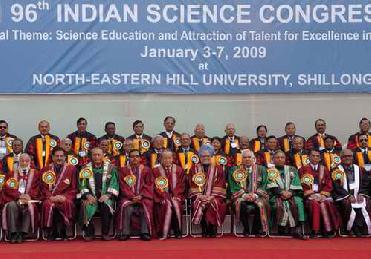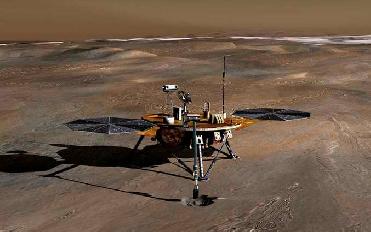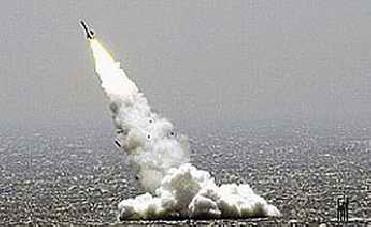
Prime Minister Dr Manmohan Singh with the scientists at the inauguration of the 96th Session of Indian Science Congress, in Shillong, Meghalaya on January 3, 2009. Press Information Bureau image
SHILLONG (PTI): Scientists can now extend the duration of India's maiden moon mission Chandrayaan-1 beyond its planned two-year period.
The precise launch and lunar orbit insertion of Chandrayaan-1 has given space scientists the leverage to extend the mission life of the spacecraft orbiting the moon at an altitude of 100 km.
�The spacecraft has about 183 kg fuel onboard and we are looking at a two-year plus mission life,� S K Shivakumar, Director ISRO Telemetry, Tracking and Command Network (ISTRAC) said at the 96th Indian Science Congress here.
Principal scientists involved in all the 10 experiments onboard the spacecraft are meeting in Bangalore on January 29 to discuss the initial findings of the moon mission. Orbital manoeuvres need to be carried out on the spacecraft once every 28 days to ensure that it stays in the designated 100 km circular orbit and does not go astray.
�About three kg fuel is used when onboard motors are fired for carrying out the orbital manoeuvre,� said Shivakumar, whose team has been monitoring the spacecraft ever since its launch on October 22 last year.
Chandrayaan-1 was launched with an orbital accuracy of five km making India the first country to achieve such a precise maiden mission, ISRO Chairman G Madhavan Nair said.
The Chandrayaan-1 mission has been sending �unprecedented� amount of data and scientists are busy analysing it.
�The cross verification will lead to better understanding of the lunar surface,� Principal Scientist of Chandrayaan-1 mission J N Goswami said, while speaking to the agency.
The moon mineralogy mapper (M3), a scientific instrument of the National Aeronautics and Space Administration (NASA) onboard the spacecraft, has found iron-bearing minerals on the lunar surface.
M3 is one of the 10 instruments onboard the unmanned moon voyager conducting experiments while it orbits over the earth's natural satellite in the next two years.
Five instruments were indigenously built by the Indian Space Research Organisation (ISRO), while the remaining six experiments are of foreign origin, including three from the European Space Agency, two from NASA and one from Bulgaria.
M3 instrument of NASA has beamed back images of the Orientale Basin on the western limb of the moon. An analysis of the images indicates abundance of iron-bearing minerals such as pyroxene, said Carle Pieters, a senior scientist of US-based Brown University and principal investigator for the M3 experiment.
�The image is from a single wavelength of light that contains thermal emission, providing a new level of detail on the form and structure of the region's surface,� she said.
The images were captured by the M3 during the commissioning phase of Chandrayaan-1, launched on October 22, as the spacecraft orbited the moon at an altitude of 100 km.
 Previous Article
Previous Article Next Article
Next Article













The Indian Air Force, in its flight trials evaluation report submitted before the Defence Ministry l..
view articleAn insight into the Medium Multi-Role Combat Aircraft competition...
view articleSky enthusiasts can now spot the International Space Station (ISS) commanded by Indian-American astr..
view article